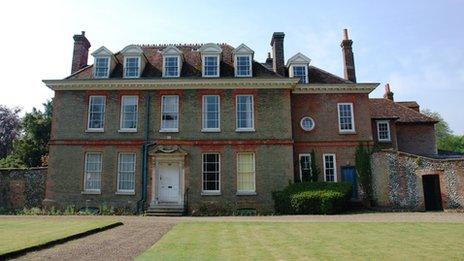Museum of East Anglian Life to become National Museum of Food
- Published
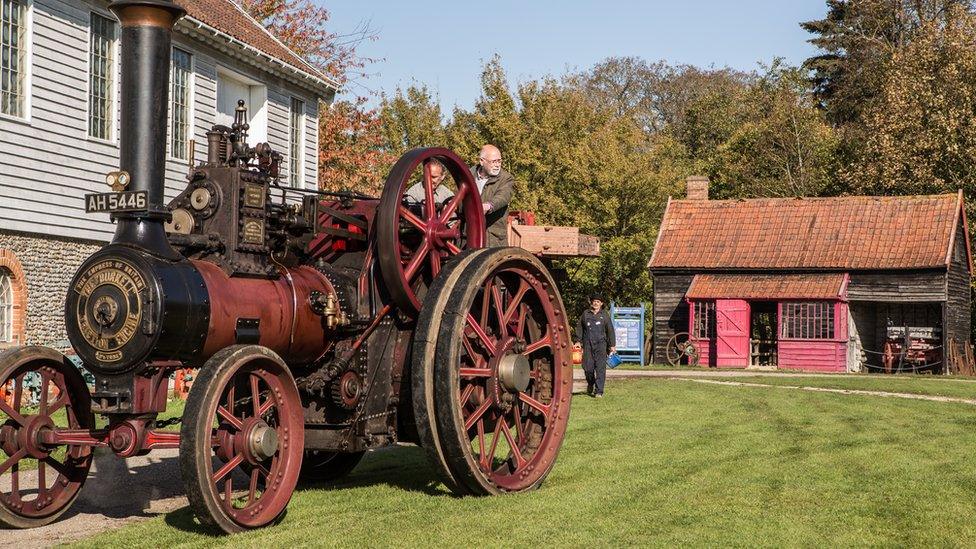
The museum in Stowmarket was developed on farmland once part of the Abbot's Hall estate, which belonged to sisters Vera and Ena Longe
A museum that celebrates the East of England is to become an attraction devoted to our relationship with food.
The Museum of East Anglian Life, external, in Stowmarket, Suffolk, will be renamed the National Museum of Food in March.
Over the next decade, it will develop into a centre looking at everything from food production and farming - to opportunities for young chefs.
Director Jenny Cousins said it wants to "trace where we've come from, to where we might want to be."
The museum was established in 1967 and is set over 75 acres, including 17 historic buildings.
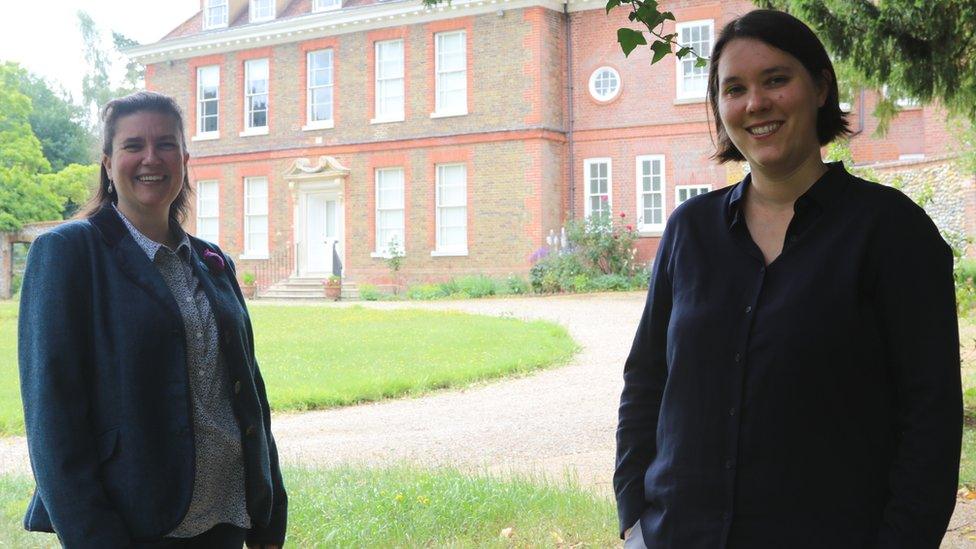
Jenny Cousins (right) with Lisa Harris, from the museum, said it started planning for the changes in 2018
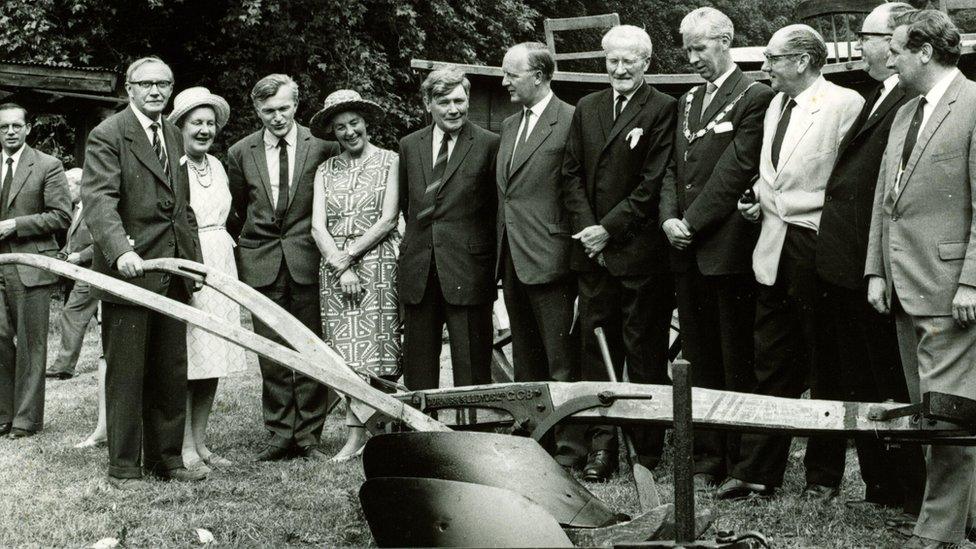
The museum was opened by the Earl of Euston on 10 July 1967
It contains more than 40,000 objects, including utensils and agricultural machinery - "once the items of East Anglian life".
Ms Cousins said: "The story of East Anglia is largely the story of food production and food-making and everything involved in that, because it's the breadbasket of England and therefore a lot of the stories and objects we have in our collection relate to food.
"It has shown how life has changed from the 'horse-drawn era' but wants to be relevant for people now."
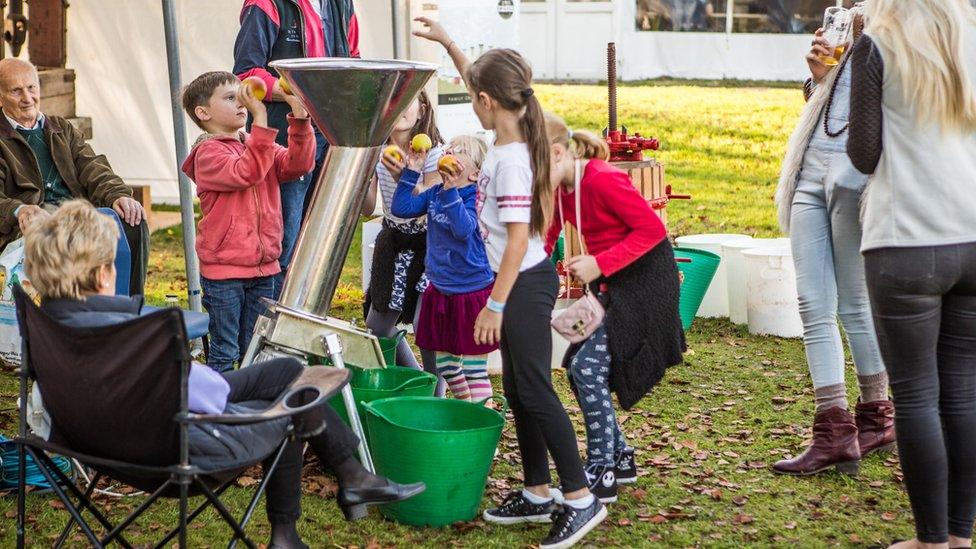
The museum already celebrates food grown in the area, including apples, used to make cider
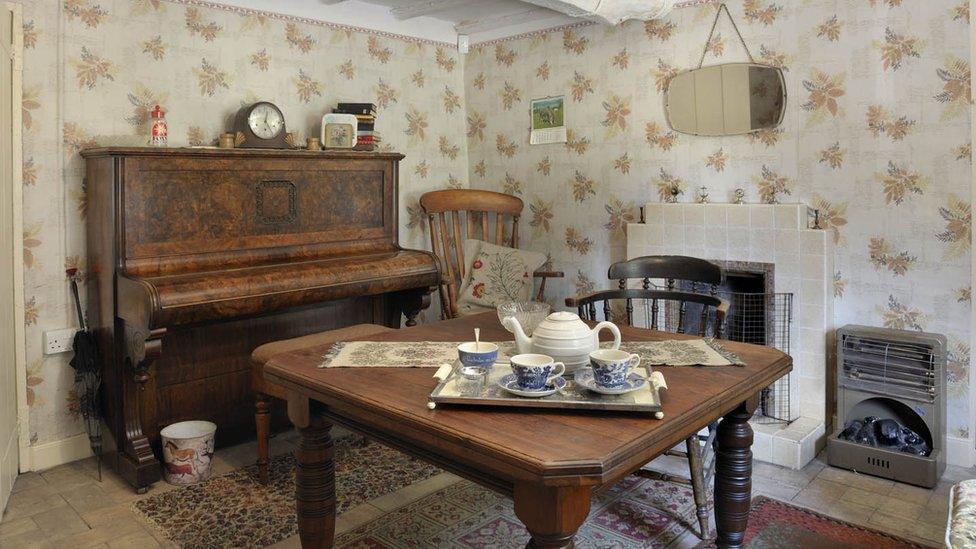
The museum's vision is "that people are inspired by the past to make positive change in their own lives"
It now needs "a hook" as "we need people to visit in order to stay afloat as a business and a charity, so we need a way of making people from out of the area come and visit and learn about our heritage", she added.
The new motto aims to be "grow, make, eat" with a bread trail opening in June, and the restoration of its watermill.
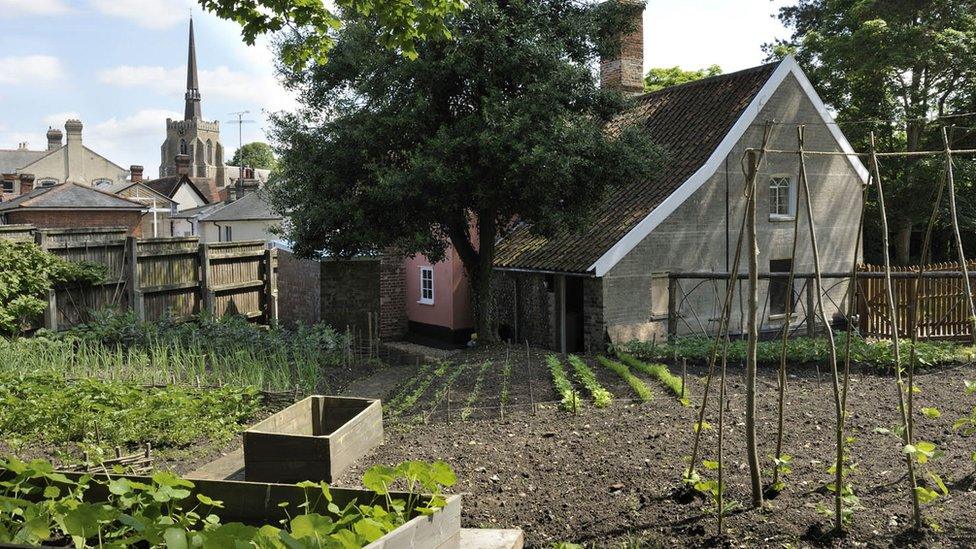
The collection reflects the region's "strong agricultural character"
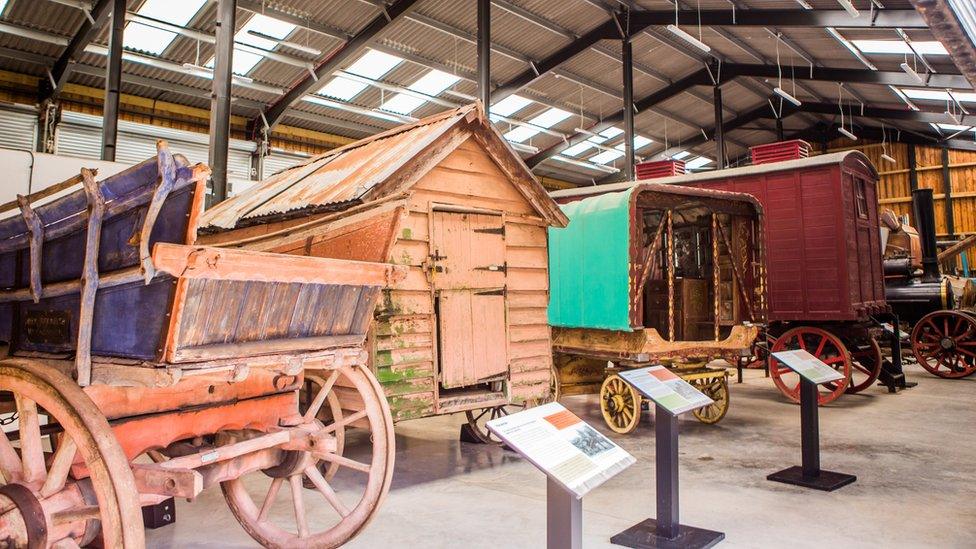
Farm machinery from the past is on display in several of its buildings
"It's taking the story from the crops that we're growing in the field, to the threshing machine that we've got in the collection and through the watermill, to the bread oven - to hopefully end up in a loaf of bread in the café," Ms Cousins said.
"There's nothing in the word museum which says it has to just be about history.
"It's about trying to reveal things to people and that can be about the present and things to do with the future.
"It would be exciting to be a centre which does trace where we've come from, but also looks ahead to where we might want to be."
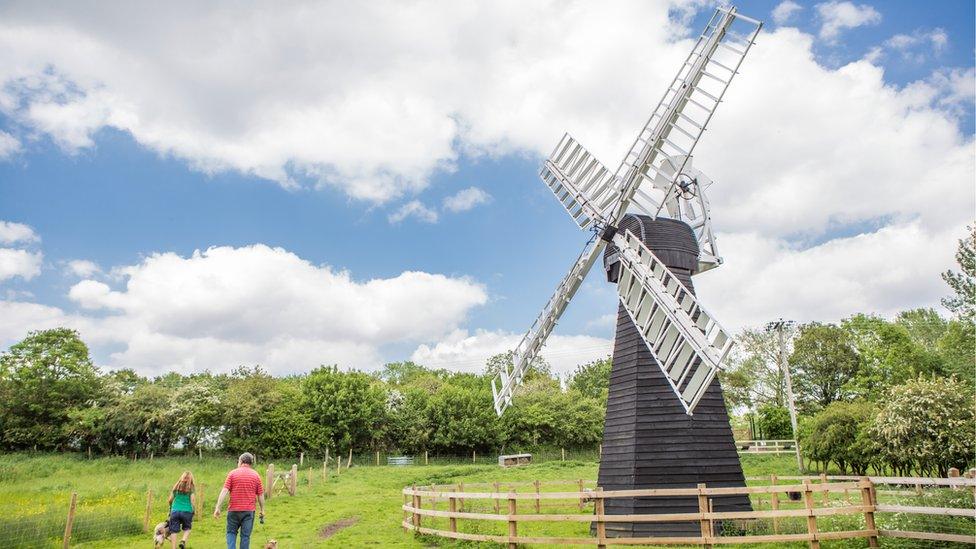
A windmill features on the site and attracts about 35,000 visitors annually

Find BBC News: East of England on Facebook, external, Instagram, external and Twitter, external. If you have a story suggestion email eastofenglandnews@bbc.co.uk, external
Related topics
- Published30 October 2018
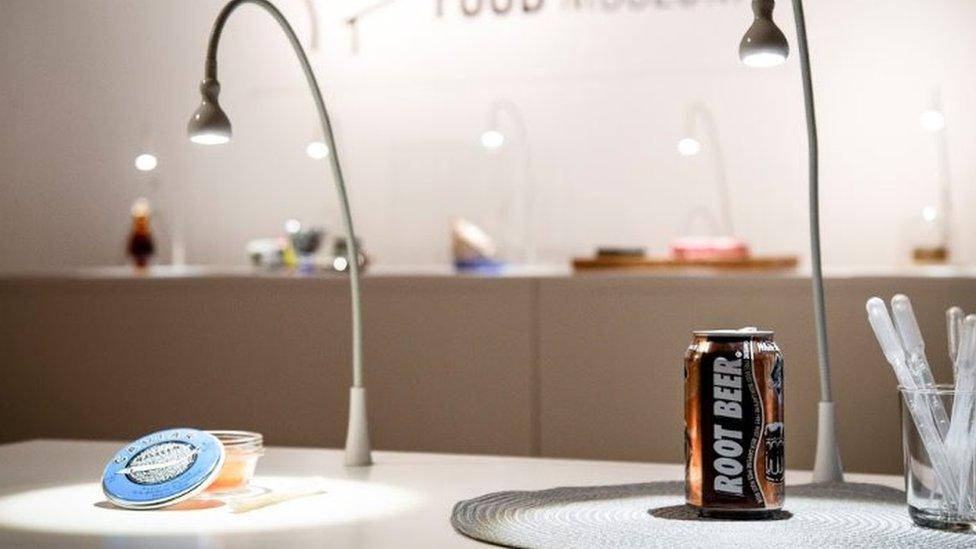
- Published11 February 2018
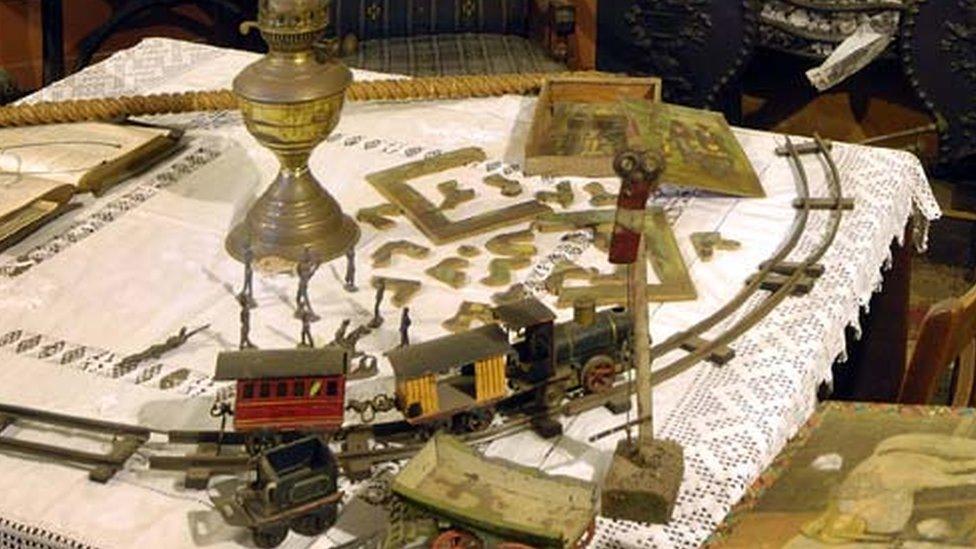
- Published18 April 2012
